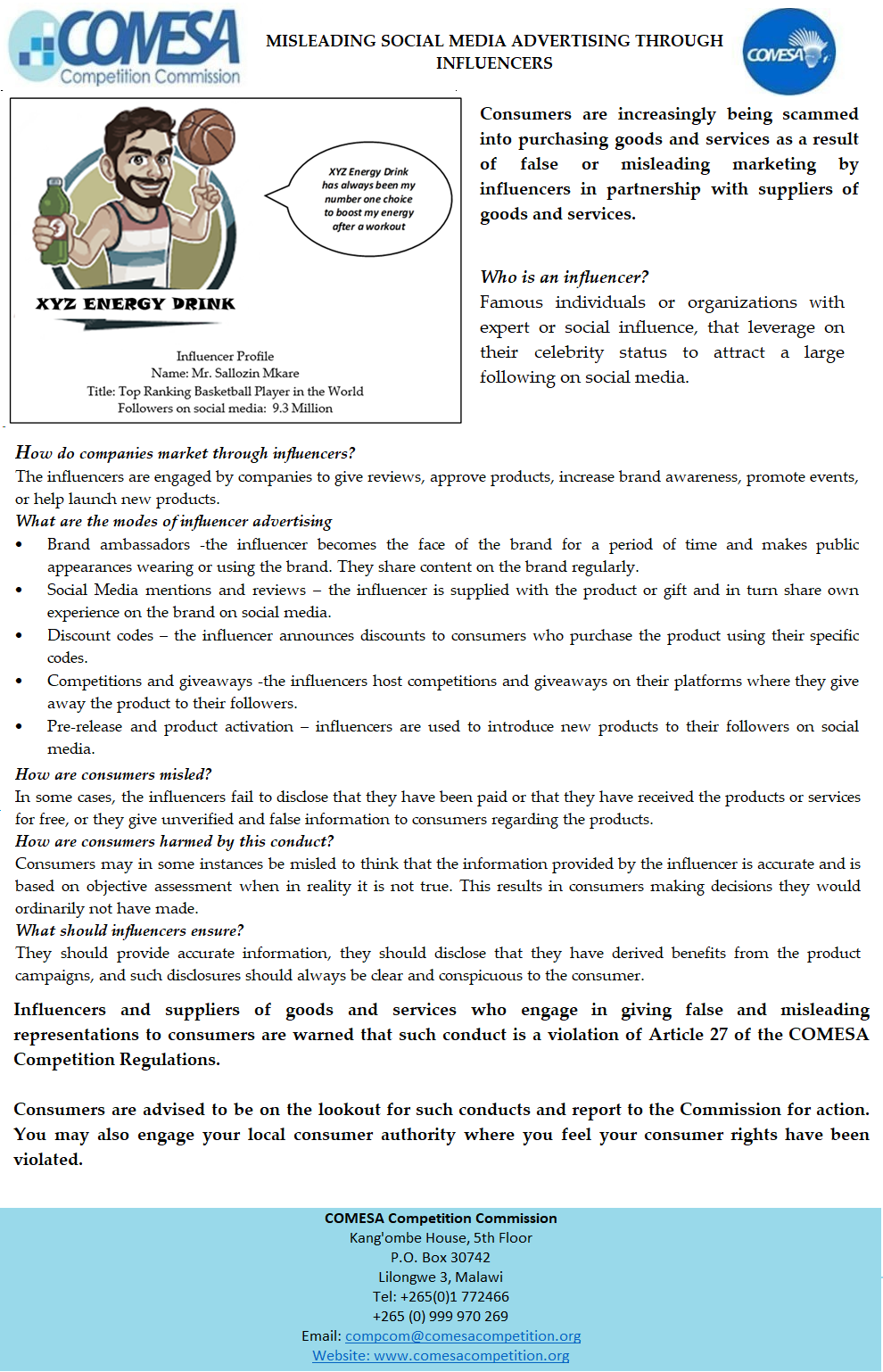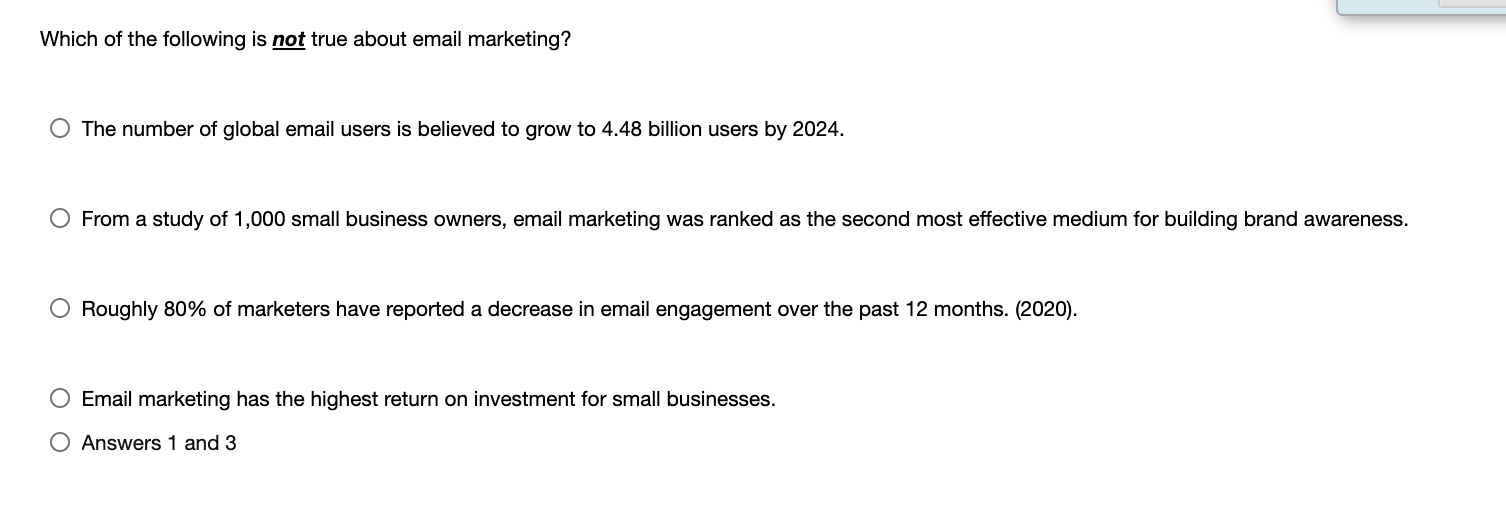Email marketing is a powerful tool for businesses. It helps build relationships and drive sales.
But not everything you hear about email marketing is true. Misconceptions can lead to poor strategies and wasted efforts. In this blog post, we will explore common myths about email marketing. Some beliefs might surprise you. Understanding what is true and what is not can improve your email campaigns.
You will learn how to avoid mistakes and make informed decisions. This knowledge can boost your marketing efforts and help you achieve better results. Let’s debunk some myths and set the record straight about email marketing.
Introduction To Email Marketing Myths
Email marketing is a powerful tool in the digital age. Yet, many myths surround it. These myths can confuse businesses and marketers. Some might avoid email marketing due to these myths. Let’s dive into some common misconceptions and uncover the truth.
Common Misconceptions
One common myth is that email marketing is outdated. Many believe social media has replaced it. This is not true. Email marketing still has a high return on investment. Another misconception is that emails are always marked as spam. This happens if emails are poorly crafted or irrelevant. A well-planned email campaign can avoid the spam folder. Some think email marketing is only for big businesses. Small businesses can also benefit greatly from targeted email campaigns.
Importance Of Debunking Myths
Debunking these myths is crucial. It helps businesses use email marketing effectively. Understanding the truth can lead to better strategies. This can result in higher engagement rates. Knowing the facts also saves time and resources. Businesses can focus on what truly works. Myths can hold you back. Knowledge empowers you to move forward. So, let’s keep these myths at bay and make the most of email marketing.

Credit: m.facebook.com
Email Marketing Is Dead
There is a common belief that Email Marketing is Dead. Many think this method is outdated and ineffective. But is this really true? Let’s explore the facts.
Current Statistics
Despite rumors, email marketing is still very much alive. Here are some key statistics:
- 4 billion email users worldwide.
- 306 billion emails sent every day.
- 81% of small businesses rely on email as their primary customer acquisition channel.
- 59% of marketers say email is their biggest source of ROI.
These numbers show that email marketing is far from dead. It continues to be a powerful tool for businesses.
Success Stories
Many companies have found great success with email marketing. Here are a few examples:
| Company | Success |
|---|---|
| Spotify | Increased engagement with personalized playlists. |
| BuzzFeed | Grew their audience with tailored content. |
| Uber | Boosted customer loyalty with exclusive offers. |
These companies used email marketing to achieve impressive results. They engaged their audience and grew their business.
Thus, email marketing is not dead. It is a valuable strategy when used correctly.
Email Marketing Is Spam
Email marketing is a powerful tool for businesses. Some people think it is spam. But, is that true? Let’s explore this misconception and find out the truth.
Difference Between Spam And Legitimate Emails
Spam emails are unwanted messages. They often come from unknown senders. They usually have no value to the recipient. Legitimate emails, on the other hand, are sent with permission. They provide useful information or offers to the recipient.
Here are some key differences:
| Spam | Legitimate Emails |
|---|---|
| Sent without permission | Sent with consent |
| Often irrelevant | Relevant content |
| From unknown senders | From known brands or contacts |
| No value | Provides value |
How To Avoid Spam Filters
Avoiding spam filters is crucial for email marketing success. Here are some tips:
- Use a reputable email service provider – Choose a service with a good reputation.
- Get permission – Always ask for permission before adding someone to your list.
- Create quality content – Offer valuable and relevant content to your audience.
- Avoid spammy words – Do not use words like “free” or “urgent” too often.
- Check your email’s format – Ensure a good balance of text and images.
- Use clear subject lines – Be honest and clear about the email’s content.
Following these tips will help your emails reach the inbox and not the spam folder.
Email Marketing Doesn’t Work For B2b
There’s a common myth that email marketing doesn’t work for B2B. Many believe it’s only effective for B2C businesses. This couldn’t be further from the truth. Email marketing can be a powerful tool for B2B companies if done right. It’s essential to understand the strategies and tactics that make B2B email marketing successful.
B2b Email Marketing Strategies
Successful B2B email marketing requires a targeted approach. Here are some key strategies:
- Segment Your Audience: Divide your email list into specific groups based on interests and behavior.
- Personalize Content: Use the recipient’s name and tailor the message to their needs.
- Provide Value: Offer insights, tips, and resources that are relevant to your audience.
- Use Clear CTAs: Ensure your call-to-action is concise and directs the recipient to the next step.
Case Studies
Here are some real-life examples of B2B email marketing success:
| Company | Strategy | Result |
|---|---|---|
| Company A | Personalized email campaigns | Increased open rates by 30% |
| Company B | Segmented email lists | Boosted conversion rates by 25% |
| Company C | Valuable content offers | Improved engagement by 40% |
More Emails Mean More Success
Email marketing is a powerful tool for businesses. Many believe that sending more emails results in more success. But is this really true? Let’s dive deeper into this common belief.
Quality Over Quantity
Sending many emails doesn’t always bring better results. Quality matters more than quantity. Well-crafted emails engage your audience. Poorly written ones may annoy them.
Focus on delivering valuable content. Offer insights, tips, or special deals. Your subscribers will appreciate useful information. They will trust your brand more.
Optimal Email Frequency
Bombarding your audience with emails can backfire. Too many emails can lead to unsubscribes. Find the right balance. How often should you send emails?
Consider your audience’s preferences. Test different frequencies. Monitor open rates and engagement. Adjust based on the data. Consistency is key, but don’t overwhelm.
Remember, the goal is to keep your audience interested. Provide value without being intrusive. A thoughtful approach will yield better results.

Credit: comesacompetition.org
Personalization Is Too Time-consuming
Many believe personalization in email marketing is too time-consuming. This is a common myth. In reality, personalized emails can drive better engagement. Personalized content makes recipients feel valued. It increases the chances of them taking action. Let’s explore effective techniques and tools that simplify personalization.
Effective Personalization Techniques
One effective technique is using the recipient’s name. This simple step can make your email feel personal. Another technique involves segmenting your audience. Group your recipients based on interests or behaviors. This allows you to send relevant content to each group. Dynamic content is another technique. Use it to show different content to different recipients within the same email.
Tools For Easy Personalization
Several tools can make personalization easy and quick. Email marketing platforms like Mailchimp and Constant Contact offer personalization features. These tools allow you to insert names and other personal details automatically. They also provide segmentation options. With these, you can easily target specific groups. Another useful tool is dynamic content blocks. These blocks change based on the recipient’s preferences.
Automation tools are also helpful. They can handle repetitive tasks. This saves time and ensures consistency. Tools like HubSpot and Sendinblue offer robust automation features. They can help you create personalized email workflows. This ensures each recipient gets relevant content at the right time.
Email Marketing Is Expensive
Many businesses think that email marketing is costly. This belief can deter companies from using it. But, this idea is not true. Email marketing is one of the most cost-effective ways to reach customers.
Cost-effective Strategies
Email marketing can be very affordable with the right strategies. Here are some cost-effective methods:
- Use free or low-cost email marketing tools: Many tools offer free plans for small lists.
- Segment your audience: Send targeted emails to specific groups to increase engagement.
- Automate your emails: Save time and money with automated campaigns.
- Create valuable content: High-quality content keeps your audience engaged.
These strategies help keep costs low while maximizing your marketing efforts.
Roi Of Email Marketing
Email marketing has a high return on investment (ROI). For every dollar spent, businesses earn an average of $42. This makes it a very profitable marketing channel.
Here is a table to illustrate the ROI of email marketing compared to other channels:
| Marketing Channel | Average ROI |
|---|---|
| Email Marketing | $42 for every $1 spent |
| Social Media | $10 for every $1 spent |
| PPC Advertising | $2 for every $1 spent |
As shown, email marketing outperforms other channels in terms of ROI. This makes it a wise investment for businesses of all sizes.
You Need A Huge List To Succeed
Email marketing myths can mislead many. A common myth is that you need a huge list to succeed. This isn’t true. Success in email marketing isn’t about the size of your list. It’s about the quality of your engagement. Let’s dive deeper.
Building A Quality List
A quality list matters more than a huge list. Focus on building a list of people who want to hear from you. Use signup forms on your website. Offer valuable content in exchange for their email address.
Ensure your list includes people who are interested in your niche. A small, engaged list can drive better results. Avoid buying email lists. These often include unengaged users. They may not be interested in your content.
Engaging A Small Audience
A small audience can be more responsive. Engage them with personalized content. Send emails that address their needs and interests. Use their name in the email. This makes them feel valued.
Provide valuable information. Share tips, guides, and exclusive offers. Keep your emails short and to the point. This makes them easy to read.
Track your results. See what works and what doesn’t. Adjust your strategy based on this data. With a small, engaged list, you can see higher open and click-through rates.

Credit: www.chegg.com
Frequently Asked Questions
What Is Email Marketing?
Email marketing is sending emails to customers or prospects. It helps promote products, services, or updates.
Is Email Marketing Cost-effective?
Yes, email marketing is cost-effective. It requires low investment but can yield high returns and engagement.
Can Email Marketing Build Customer Loyalty?
Yes, consistent and valuable emails can build strong customer loyalty and trust over time.
Does Email Marketing Have High Roi?
Yes, email marketing often has a high return on investment. It’s a direct way to reach customers.
Are All Emails Considered Spam?
No, not all emails are spam. Well-crafted and relevant emails are valuable to recipients.
Conclusion
Email marketing myths often confuse many. It’s vital to identify these myths. Correct information can lead to better results. Misunderstandings may harm your strategy. Knowing the facts helps improve your campaigns. Always stay informed and updated. This knowledge empowers your efforts.
Email marketing, when done right, can be very effective. Keep learning and refining your approach.

Leave a Reply